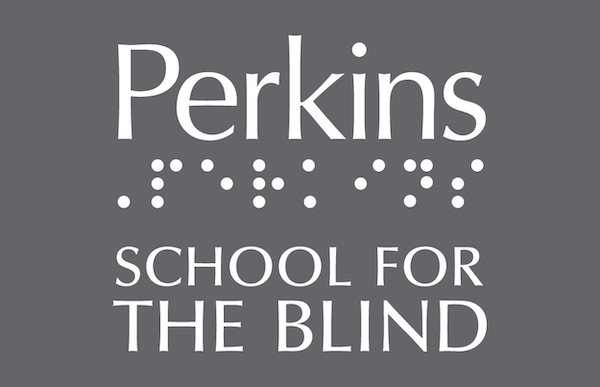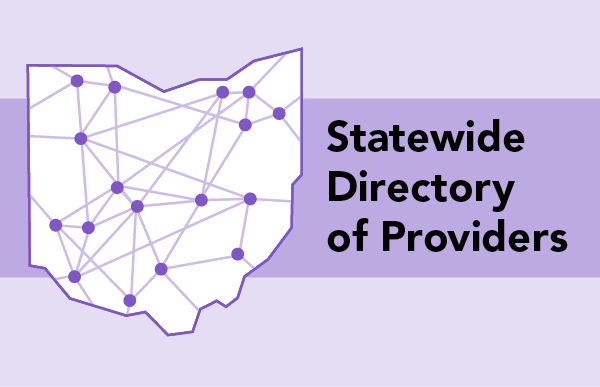Ohio Guidelines for Working with Students who are Blind or Visually Impaired
Role of the Teacher of the Visually Impaired (TVI) in Assessment and Evaluation

Teachers of students with visual impairments (TVI) are team members for all learners with visual impairments, including those with multiple disabilities and deafblindness. The educational needs of the learners vary widely. From initial evaluation to instruction to assessment, the TVI plays a critical role in helping students, teachers, paraprofessionals, family members, and related services personnel.
TVIs have many roles, including:
Assessment and Evaluation
- Assisting in developing appropriate evaluation and assessment strategies,
- Conducting the functional vision and learning media assessments,
- Conducting or participating in assistive technology evaluations,
- Referring learners, as appropriate, for orientation and mobility evaluations,
- Referring learners for low-vision exams conducted by low-vision practitioners,
- Interpreting evaluation and assessment results regarding the impact of a visual impairment,
- Interpreting eye reports,
- Participating in developing IEPs, and
- Evaluating student progress and providing progress notes.
Determining Braille Needs
Once a Learning Media Assessment (LMA) has been conducted and the team has made a determination about the appropriateness of print and braille instruction, for learners who qualify for services as students with visual impairments, the IEP form Children With Visual Impairment has to be completed specifying one or more reading and writing media in which instruction is appropriate to meet their educational needs as part of the IEP process.
Based on the evaluation results, IEP goals are written to support the student’s best learning media. When braille is the chosen mode of access, direct instruction from a TVI is essential for a learner to be able to engage in braille literacy. According to Erikson et al. (2008), readiness, the concept that children must display certain prerequisite behaviors before being introduced to braille or print, is a myth. On the contrary, these authors claim, braille awareness should begin as early as possible.
Braille instruction is considered based on the learner’s individual needs. Learners for whom braille is identified as the medium for instruction, benefit from systematic and regular instruction from knowledgeable and appropriately trained personnel without delay. To maximize a learner’s full literacy potential, teams should recognize that braille literacy is comparable to print literacy; that is, students with vision loss require comparable levels of literacy instruction using braille as their typically sighted peers do who are using print.
Vision Therapy
Students who are prescribed vision therapy by an eye care professional, often an optometrist who specializes in vision therapy, should receive that intervention from a medical professional. Medical services, such as vision therapy, are excluded as a related service under IDEA and do not fall under the TVI’s professional responsibilities. The Association for Education and Rehabilitation of the Blind and Visually Impaired (AER) provides guidance on this topic in the document The Role and Training of Teachers of Students With Visual Impairment (TSVIs) as a Special Educator and Why TSVIs Do Not Provide Vision Therapy Services.


